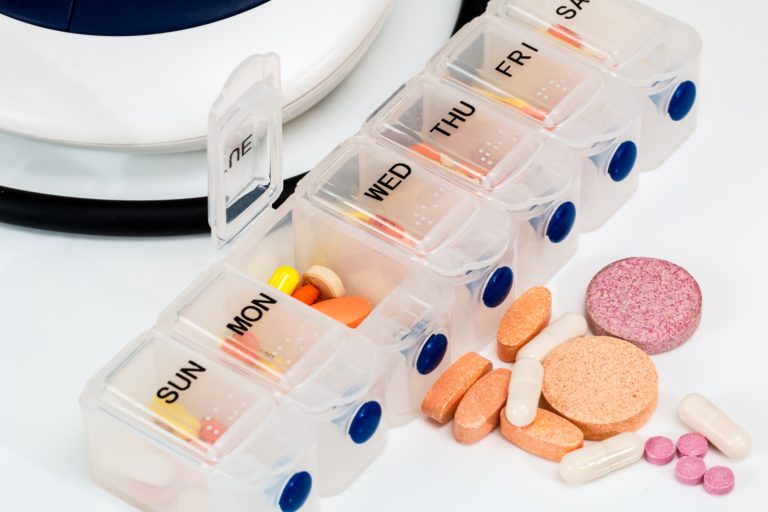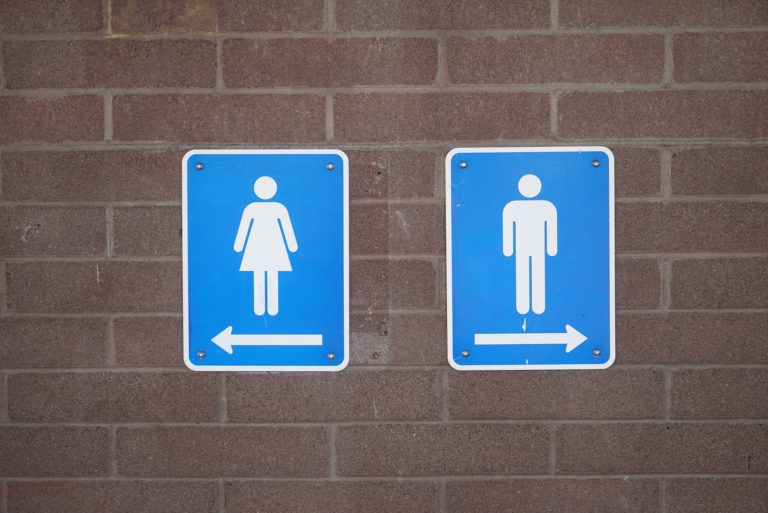In the previous module we discussed the various female urology problems, their causes and symptoms. We shall now evaluate the treatment involved to cure each of them.
Treatment for Urinary Incontinence
- Self Treatment- You can solve your problem of urinary incontinence by doing pelvic floor exercises, avoiding caffeine and alcohol, wearing absorbent underclothes.
- Seeking Medical Help- In case this female urology problem increases with excessive thirst, urine leakage, frequent urination, other urinary symptoms, it is best to meet a doctor.
- Medications– Certain medications such as oxybutynin, tolterodine, Mirabegron work well to relax the muscles of the bladder and also increase the amount of urine in the bladder.
- Bladder Training- Starting by holding your urine for 10 minutes and lengthening the time between the trips to the washroom, works well to control urine incontinence.
- Double Voiding- means you wait for a few minutes after you have completely emptied your bladder and are trying to urinate again.
- Scheduled toilet trips- To urine in fixed intervals of time rather than waiting for the urine to pass out.
- Fluid and Diet management- You should avoid alcohol, caffeine, or other acidic food in order to regain the bladder control. Also reduce the consumption of liquid, lose weight, increase physical activity.
- Electrical Stimulation- Electrodes are temporarily inserted into the rectum or vagina, which would help strengthen pelvic floor muscles. Such electrical stimulation could work effectively on stress incontinence or urge incontinence.
- Medical devices- There are some medical devices that can be inserted into the urethra, known as urethral inserts, or a stiff ring inserted into the vagina known as a pessary, both of which can prevent urine leakage.
- Surgery- The last resort is the surgery after trying out the above mentioned methods to treat urinary incontinence.
Treatment for Interstitial Cystitis
- Lifestyle Modification- Dietary modification, bladder training, and stress management.
- Therapies- include physiotherapy can restore muscle strength and function through exercise and biofeedback helps in controlling the body’s brain waves, breathing and blood.
- Medications- include analgesics that can relieve pain, non-steroidal anti-inflammatory drugs relieves pain and decreases inflammation also reduces fever. Nerve pain medication blocks pain caused by damaged nerves. Antihistamine reduces or stops an allergic reaction.
- Nerve stimulation- With TENS(transcutaneous electrical nerve stimulation) mild electrical pulses relieve pain in the pelvic area and reduce urinary frequency, increase blood flow to the bladder thus strengthening the muscles needed for bladder control.
- Sacral nerve stimulation- The sacral nerves form a link between the spinal cord and the bladder, stimulating these nerves could reduce urinary urgency which is the main cause of interstitial cystitis.
- Bladder distention- is a procedure in which bladder is stretched with water using cystoscopy and many have found this helpful. The procedure can be repeated if long term improvements are seen.
- Medications instilled into the bladder- Medications such as dimethyl sulfoxide are instilled into your bladder through a thin, flexible tube(catheter) inserted through the urethra.
- Surgery- Surgery is not usually opted because removal of the bladder does not relieve pain, instead it can lead to more complications.
Treatment for overactive bladder in females
- Medications- Medications like Tolterodine, Oxybutynin (pill form), and Ditropan XL(pill or skin patch) Oxytrol or gel (Gelnique) are some that do relieve the symptoms of an overactive bladder and relax it.
- Behavioral therapies- These are the first choice in managing an overactive bladder. These include – Pelvic floor muscle exercises, Biofeedback (Electrical sensors are connected that can give information about your body, and help you deal with urine urgency problems), Healthy weight, Scheduled toilet visits, Intermittent catheterization, Absorbent pads, Bladder training.
- Nerve stimulation- the symptoms of an overactive bladder can be overcome by stimulating some nerves in the bladder. A wire is placed close to the sacral nerve that carries signals to the bladder. In cases found useful, a permanent battery powered pulse generator is implanted surgically to regulate the nerve function.
- Percutaneous tibial nerve stimulation- This procedure involves a thin needle being placed through the skin near the ankle in order to send electrical stimulation to activate nerve function. This tibial nerve is connected to the spine and hence to the nerves that in turn connect the bladder nerves. This PTNS treatment takes about 12 weeks to help treat the symptoms of an overactive bladder.
- Surgery- The people who do not get relief by any of the above mentioned procedures for an overactive bladder are finally taken for surgery. Although a surgery might improve the ability of the bladder by reducing the pressure, it may not reduce bladder pain. The other surgery involves the removal of the bladder itself.
Treatment for pelvic organ prolapse/pelvic pain
- Behavioral treatments- include doing kegel exercises which are meant to strengthen pelvic floor muscles.
- Mechanical treatments- include inserting a small piece of plastic device called a pessary into the vagina that helps to remain as a support for hanging organs.
- Surgical treatment- A surgery is conducted in order to repair the affected tissue or organ or sometimes even remove the organ (removal of the uterus by hysterectomy.
Treatment for pelvic pain in females
- Medications- Pain relievers or over the counter drugs are given for pelvic pain in females. They include aspirin, ibuprofen or acetaminophen.
- Hormone treatment- In some females the pelvic pain is connected to their menstrual cycle because of some hormonal changes in the body. Hormones actually control menstruation and ovulation. Hence in such cases hormonal medicines or birth control pills are given in order to relieve pelvic pain.
- Antibiotics- A course of antibiotics are prescribed in order to relieve pelvic pain which is a result of an
- Antidepressants- There are a certain type of antidepressants that help relieve pelvic pain which are chronic. This is given to females who are not in depression.
- Physical therapy- This therapy includes exercises, massage and other relaxation techniques that can help relieve pelvic pain. Transcutaneous electrical nerve stimulation(TENS) helps in pain relief. They are even taught how to relax certain muscles in order to relieve pelvic pain.
- Neurostimulation(spinal cord stimulation)- A device is implanted that blocks the nerve pathways so the pain signal cannot reach the brain.
- Trigger point injection- Pain emanating spots are identified and given medications using injections, and since they have an anaesthetic effect on the area, patient can be free of pain for longer hours.
- Psychotherapy- This procedure involves talking to a psychologist or a psychiatrist who could help in cognitive behavioral therapy and biofeedback. This is used on patients who have depression, had sexual abuse, personality disorder, troubled marriage or family issues.
- Surgery- Sometimes chronic pelvic pain is advised surgery depending on the reason for the pain. Some surgeries are- Laparoscopic surgery, Hysterectomy.
Treatment for sexual dysfunction in females
- Estrogen therapy- this therapy involves the use of a vaginal ring, cream or tablet. This therapy helps in sexual function by improving vaginal tone and elasticity and also increasing the flow of blood and lubrication.
- Ospemifene(Osphena)- A medication in the form of an estrogen receptor modulator, it helps in reducing pain during sexfor females who suffer from vulvovaginal atrophy.
- Androgen therapy- This therapy works with the inclusion of testosterone, which is essential for both men and women for healthy sexual function.
- Flibanserin (Addyi)- Although this pill is prescribed as an antidepressant, it has been found and approved to be given for low sexual desire in women.
Treatment for sexually transmitted diseases in women
- Antibiotics– A single dose of antibiotics could cure sexually transmitted diseases(bacterial or parasitic), and that includes gonorrhea, syphilis, chlamydia and trichomoniasis.
- Antiviral drugs- these antiviral drugs are prescribed for STDs like herpes or HIV.. It is important to follow strict instructions that go along with the drugs for effective treatment.
Contact 080 28483939 for more information for Female Urology Problems and Treatment at our Specialized Clinic, ReSCUE Urology Hospital in Bangalore, Kengeri.



